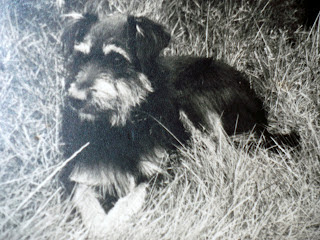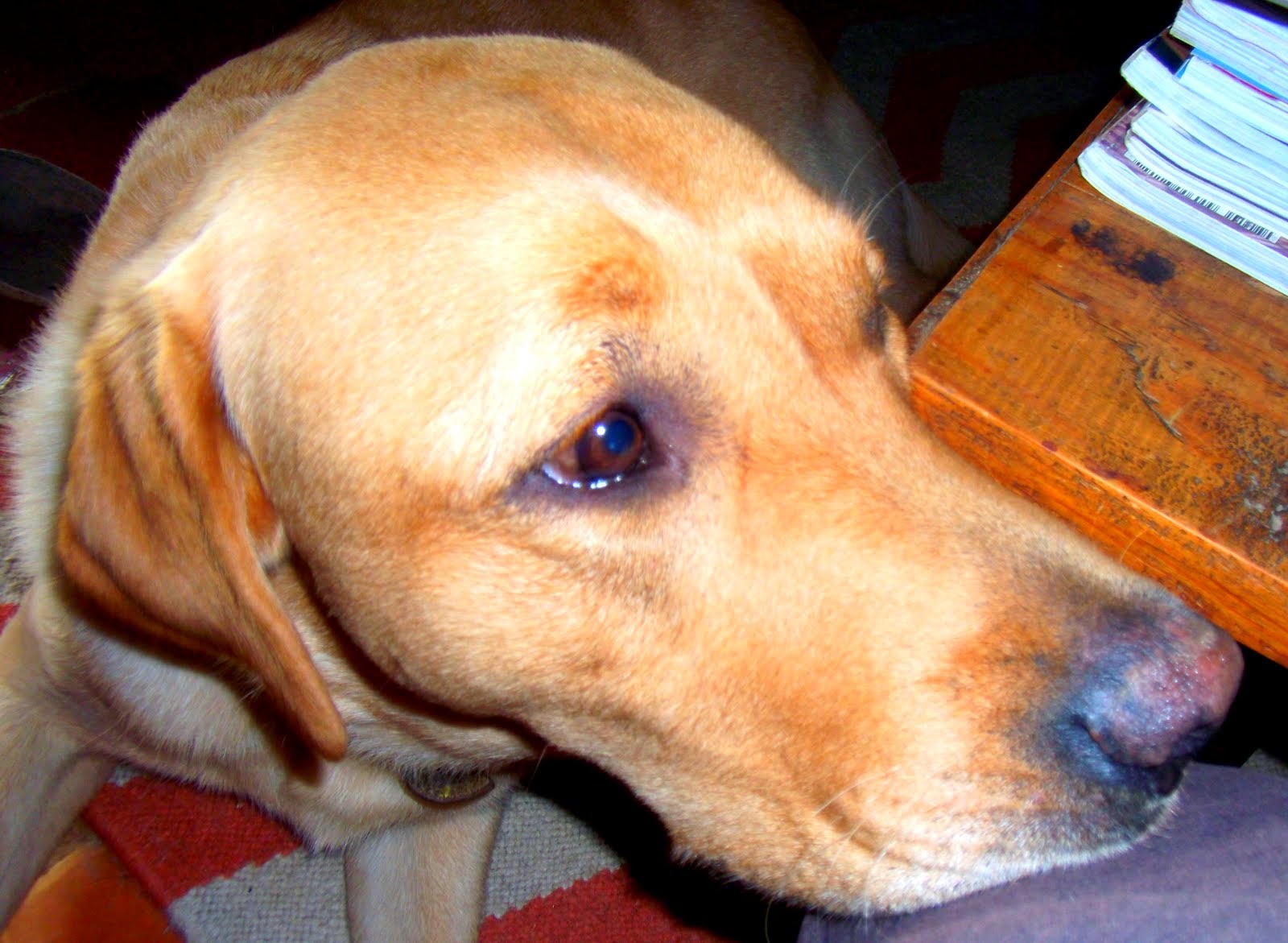In the past, at this time of year, the Chestnut trees would be totally devoid of leaves, but this year there are two types of dead leaves; one lot clinging-on, and another lot underneath. (see above).
Still clinging to the trees they are small and twisted, and on the ground they are normal Chestnut leaf shape; the former died on the trees mid-season, and the latter fell to the ground in Autumn.
This illustrates the problem we are facing with the Cynips wasp. When this tiny parasitic insect lays her eggs amongst the year's new shoots, it kills off the growth, resulting in masses of dead wrinkled leaves throughout the growing season. This can eventually lead to the death of the whole tree. At a minimum it will drastically reduce the crop of the tree by anything up to 80 or 90%.
Cynips originally arrived in the South of France in 2002, when it was instantly dealt with by cutting and burning every affected tree; this cured the problem at once. Cynips returned again in 2010 and has since spread to a much wider area; including ours.
Much beard tugging and head scratching has since taken place, and certain preventative/curative measures are already being tested. However, it doesn't look good for the future of Chestnut growing in our area, although there are still new plantations popping-up here and there, as certain varieties are less prone to the problem than others.
The Chestnut tree, either wild or grafted, is an essential part of our landscape; to see them all die out would be disastrous.





This is so sad to read. Is there no predator who will eat the wasp ?
ReplyDeletecheers, parsnip
They are trying with predators, but the most successful one lays far fewer eggs than the Cynips, so although they do a good job they are losing the numbers battle.
DeleteIt is terrible. It is happening here too. The insect apparently originated in China. Some farmers are successfully fighting it off biologically with another insect that attacks it. This is also very expensive.
ReplyDeleteGreetings Maria x
As I said above it's a losing battle as Cynips breeds far more quickly than it's predator.
DeleteThe females do the breeding without a male.
DeleteShame on them!
DeleteThis is a shame.
ReplyDeleteSome species would not have come into contact with each other for thousands or even millions of years, were it not for our trains, ships and airplanes. I hope your area gets rid of these wasps soon.
Our landscape is probably 80% Chestnut, so you can imagine the devastation.
DeleteThis is very sad. I hope the government and other agencies are working overtime to handle this problem.
DeleteI've always taken the chestnuts woods for granted in our area, never thought they would disappear.
ReplyDeleteIt's possible. Unless they find some miracle treatment, it could all look very different in 10 years time.
DeleteOur chestnut tree was attacked by some insect last summer and we had to chop it and burn it. I wonder if it is the same problem
ReplyDeleteBound to be. I think it's only Cynips that kills them.
DeleteI remember cynips on oak trees when i was a child, .that is so sad.
ReplyDeleteIt's a disaster.
DeleteWe have the same worries here with Ash dieback Cro. And of course we have already lost most of our elms to Dutch elm disease. Tragic - and I presume you are speaking about chestnuts you can eat rather than the Horse chestnut.
ReplyDeleteYes, this is a big Sweet Chestnut growing area. It would be a big financial loss to most farmers.
DeleteHow sad to see these trees suffering, Hope they find a solution before it is too late.
ReplyDeleteIt doesn't look too good at the moment. Maybe some boffin will come up with something.
DeleteThen the EU will come along and ban the use of what the boffin comes up with.
DeleteGood luck. I still miss the giant Elms here.
ReplyDeleteIt's terrible when a whole species disappears.
DeleteWe have something similar here in Ontario with a little creature called the Emerald Ash Borer, which attacks our ash trees. There is apparently a vaccine of sorts that can be put into a tree to help it survive, but it is costly. That is really too bad about the chestnut trees. We have "horse chestnut" trees, not sure if that is the same as yours or not. -Jenn
ReplyDeleteHorse Chestnuts produce 'conkers', which are inedible. Our 'sweet' Chestnuts produce those classic nuts that people eat at Christmas. I'm presuming that includes Canada, but I'm not sure.
DeleteIt would indeed be a tragedy. I did not realize that you had such a high percentage of the trees.
ReplyDeleteThe Chestnut trees cover a huge area, right up to Nontron (north of Perigueux), down to here. Maybe a thousand square K's (?).
DeleteWe've lost our ash to the borers, elm to Dutch elm, and the 17 year cicada hatch last year did massive damage. They killed young trees with their egg laying, and mature trees had severe leaf dye off, where new twigs were pierced for eggs. I fear for the majestic oak in the front yard of my old house.
ReplyDeleteDoesn't look good for the planet, does it!
Delete